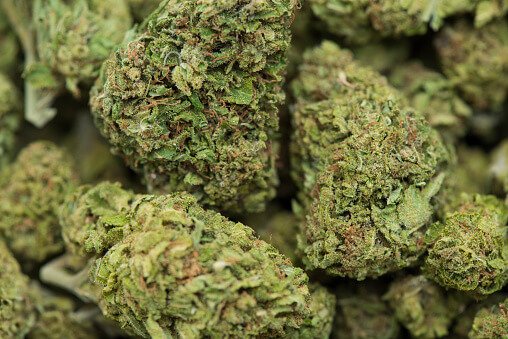Since the dawn of cannabis consumption, concentrates have been around. For years, cannabis concentrates existed in the shadows, as blonde or black sticky bricks that only the real serious connoisseurs dabbled in. As marijuana consumption has become more mainstream, a more potent form has emerged and taken center stage as marijuana lifestyles and consumption have exploded into popular culture.
Just like strains of the flower, cannabis concentrates also go by many names. The different terms and slang for this more potent form of marijuana can lead to confusion for those new to the scene, so here’s a guide to what’s what and what to look for when and if you decide to take the cannabis concentrate plunge.
What are Cannabis Concentrates?
Put simply, cannabis concentrates are nothing more than a more potent form of marijuana. Originally, done by hand, separating kief from the flower was the only method. From there, more complicated chemical processes have brought us many new forms of concentrates. Each one has its own texture and appearance. Along with recreational uses, concentrates bring with them a wide range of therapeutic uses as well, which has helped to fuel their popularity.
The advantage to using cannabis concentrates is two-fold. As the name implies, cannabis concentrates are a more potent form of marijuana. For both medicinal and recreational users, that simply means that you do not have to consume as much to get the same effect.
No matter the extraction method, concentrates are focused on removing non-active compounds, leaving behind a higher concentration of Tetrahydrocannadinol, THC or cannabidiol, CBD. Depending on the extraction method used, that can mean a concentration as high as 80 percent.
Kief
While kief may be the progenitor of the whole concentrate family, it is no longer as popular as it once was. Dry sift hash or “kief” was the original concentrate. Composed of trichomes, the crystalline structures that coat the outside of the flowers, kief was originally broken off the flower through a manual separating processe and then pressed into bricks. While the THC composition of kief is generally between 20 to 60 percent, it is often considered a low-quality concentrate these days.
The labor involved in extracting kief is intensive compared to other concentrates, which puts left kief low on the scale of popularity, at least when it comes to marketing it. It’s also not usually viewed as a stand-alone form, but is typically sprinkled over the top of a bowl to accentuate.
Butane Hash Oil
Butane Hash Oil, or BHO as it is more commonly known, is the most prevalent type of concentrate on the market today. This family of concentrates is produced through chemical means, with butane being the main solvent. BHOs usually come with between 60 to 90 percent THC content.
BHO concentrates go by many names, usually related to their appearance as they emerge from the process. Honey, shatter, budder, wax, nectar and crumble are just a few of the names given to BHOs.
Depending on the finishing process of the concentrate in question, the resultant substance takes many different forms. The different forms can be consumed in different ways. For example, some oils can be loaded into a cartridge very similar to e-cigs, while others like budder, wax or shatter are best enjoyed through a process called dabbing.
Tincture
Unlike kief or BHOs, tinctures are a liquid concentrate. Tinctures are similar to BHOs in that there is a chemical process involved to extract the desired active compounds. This chemical process involves an alcohol-based extraction. Just place a few drops under your tongue, and in about an hour, you begin to feel the effects. At the time of marijuana’s prohibition in 1937, tinctures were the most popular way to ingest marijuana.
One advantage to tinctures is that the compounds closely related to pain relief, cannabinoids, are also more easily extracted when cannabis is concentrated in this manner. Visiting your local dispensary, you will find tinctures in a variety of flavors.
To learn more about cannabis concentrates, or to see them up close, please visit us at Chronic Therapy in Wheat Ridge, Colorado. We would love to answer your questions and demystify the new world of cannabis concentrates available to you.


i see many people asking you for recommendations on where to get cbd oil for chronic pain etc, but no one answers???
🙁